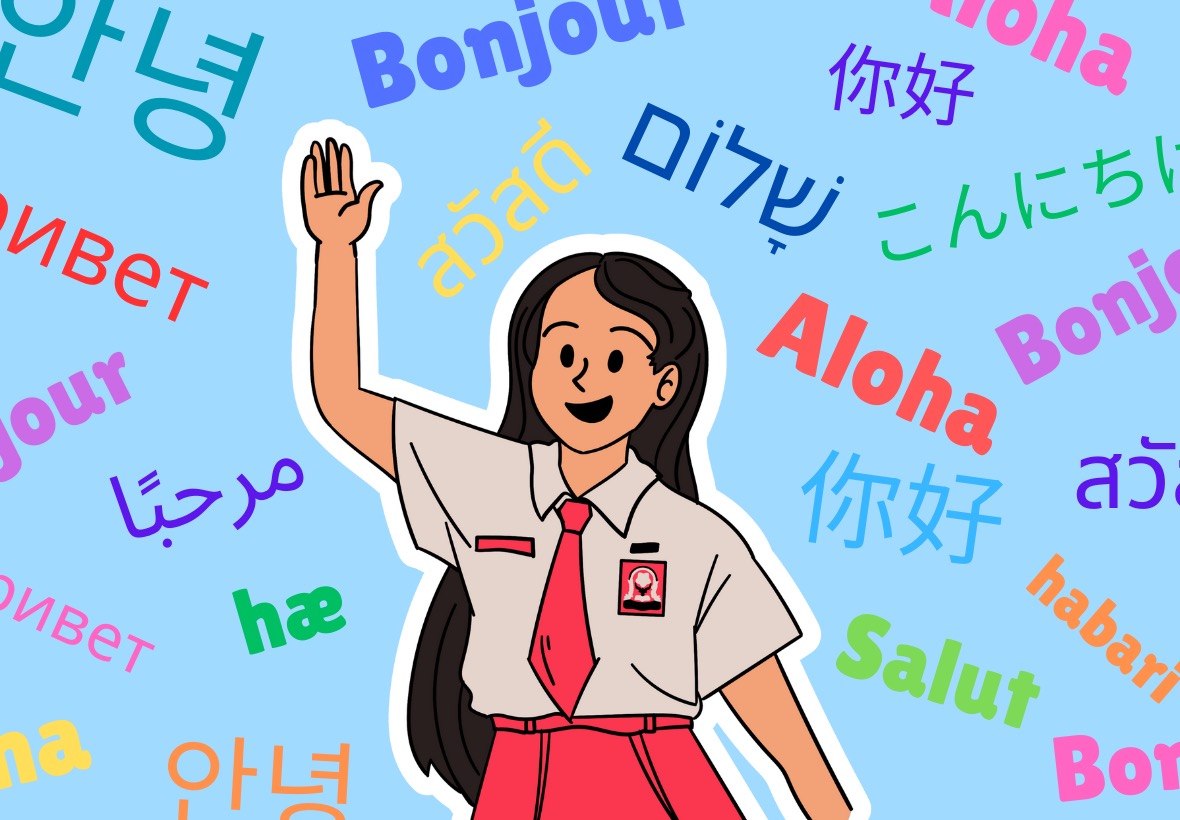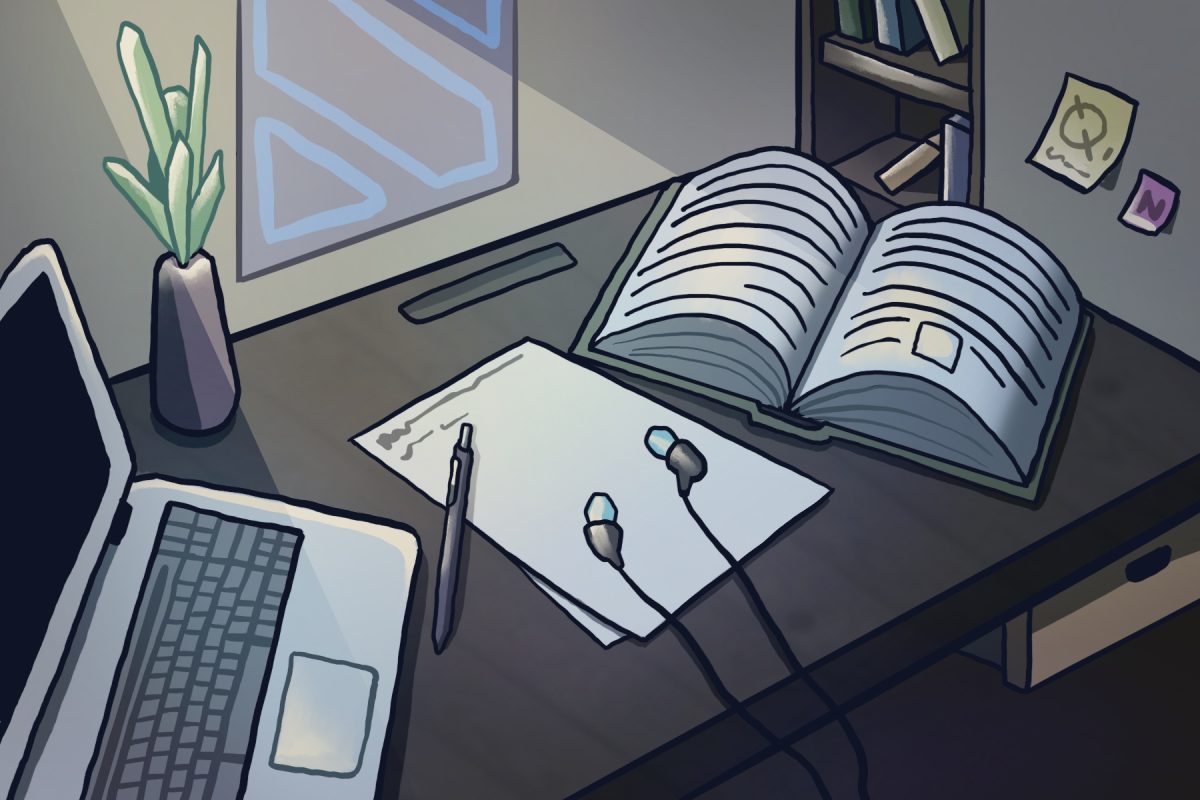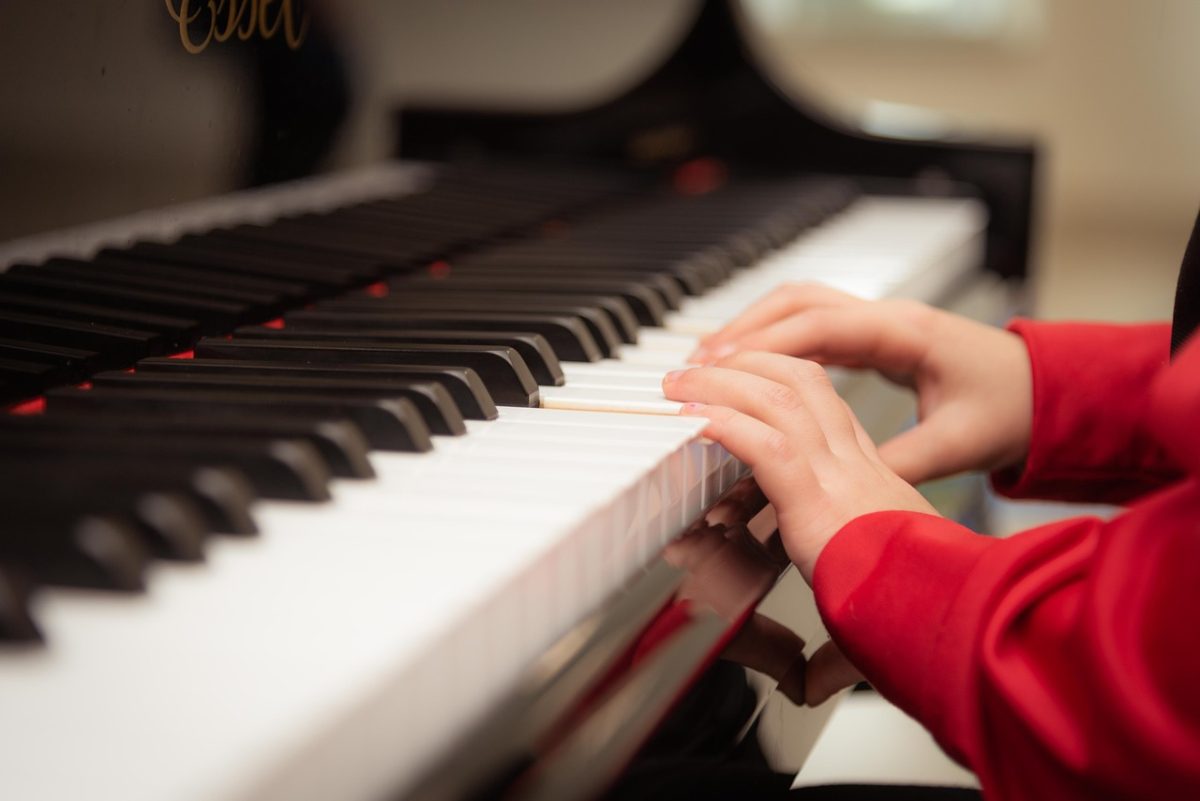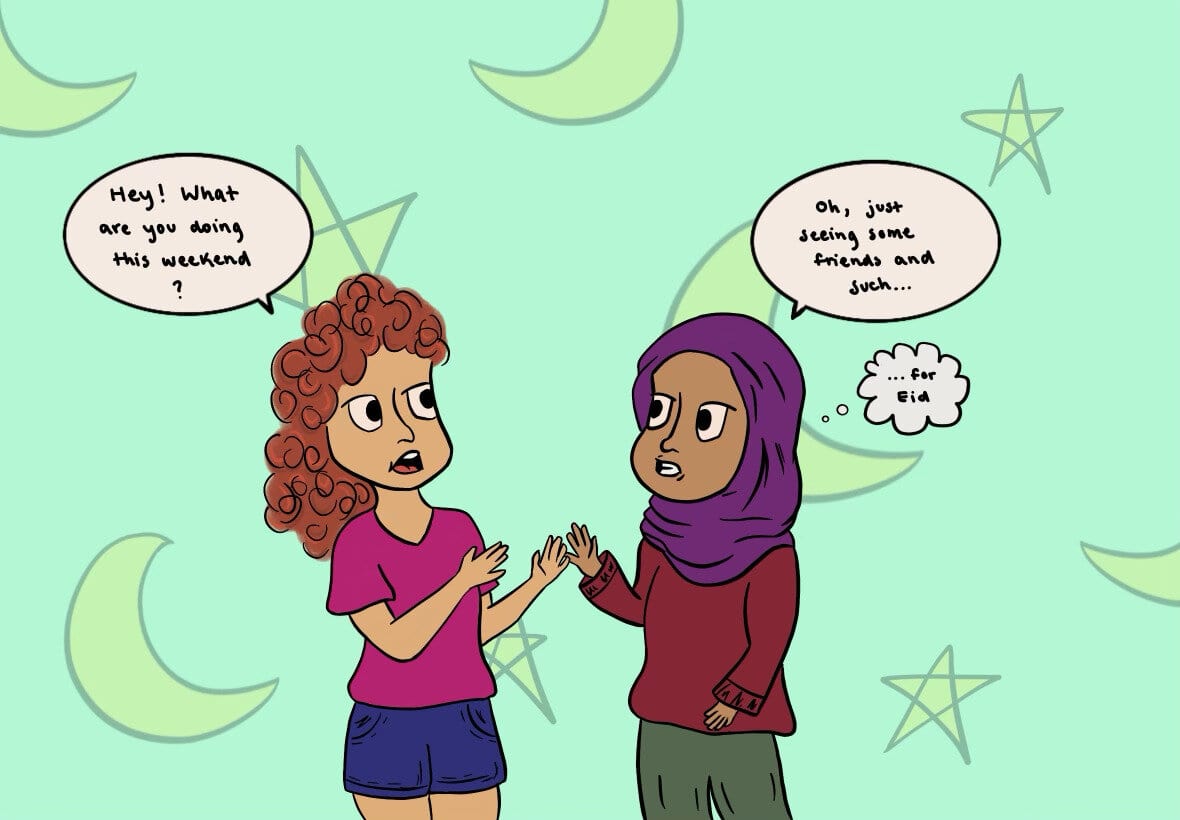Usually, I would feel awkward standing alone next to the Washington Monument with bulky headphones on, completely still except for my tapping foot. But last Saturday, I was too busy listening to “The National Mall” iPhone application to care.

The free app, created by music duo Ryan and Hays Holladay under the name Bluebrain, is an album with 264 original music compositions that are each assigned to a specific area on or around the Mall. The app uses the iPhone’s GPS to locate where the user is and determine which of its mostly techno-poppy songs to play.
Before the music even started playing, I noticed how cool the app looks. At first glance, the image on my iPhone’s screen just looked like a map of the Mall, but, upon further examination, it resembled an acoustic guitar.
At my first stop, the National Gallery Sculpture Garden, “The National Mall” played a slow, melodic piano piece that seemed perfect for the placid surroundings and the nearby fountain.
In fact, the app provided a fitting accompaniment for everywhere I went on the Mall. Near the Smithsonian Carousel, I could hear the neighing of horses faintly underneath upbeat, dance music. The track for the World War II Memorial had a pensive, more somber tone.
Not only does “The National Mall” have an appropriate piece for each of its 264 zones, but also the music itself is more than a gimmick – it’s high quality. The majestic, patriotic, triumphant number that I listened to under the Washington Monument would have been just as impressive and entertaining if an orchestra played it at a concert.
The National Mall by BLUEBRAIN. The First Location-Aware Album from BLUEBRAIN on Vimeo.
The other thing about the app that really struck me is how seamless the transitions between songs are. The songs do not switch immediately upon entering a new zone, but instead mesh together. As I left the Sculpture Garden and headed towards Madison Dr., the pace of the piano picked up, and new sounds and instruments were introduced. Then, when I decided that I preferred the slower sound, I simply took 20 paces backward, and the piano returned.
The only interruption I faced while using the app was a phone call, which alerted me to my only problem with the app’s design. After the call was over, the app did not come back on, which is what usually happens with music on the iPhone after it is interrupted. A similar problem occurred when I was listening to my own music and tried to open the app. Jay-Z continued to play even with app open (either that, or the folks at Bluebrain think “99 Problems” is a good fit for the Natural History Museum).
Aside from that one minor issue, “The National Mall” is fantastic. It is both a technological marvel and a musical masterpiece, and I would not be surprised if the app itself becomes as much of a tourist attraction in D.C. as the historic landmarks it scores. After all, with its picturesque setting and bevy of exciting sites, the National Mall deserves a soundtrack. Now, there’s an app for that.








